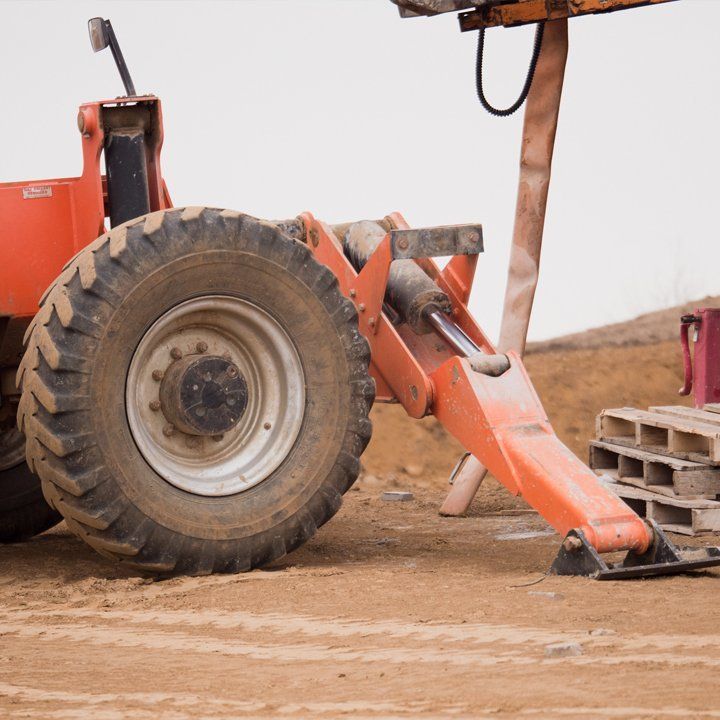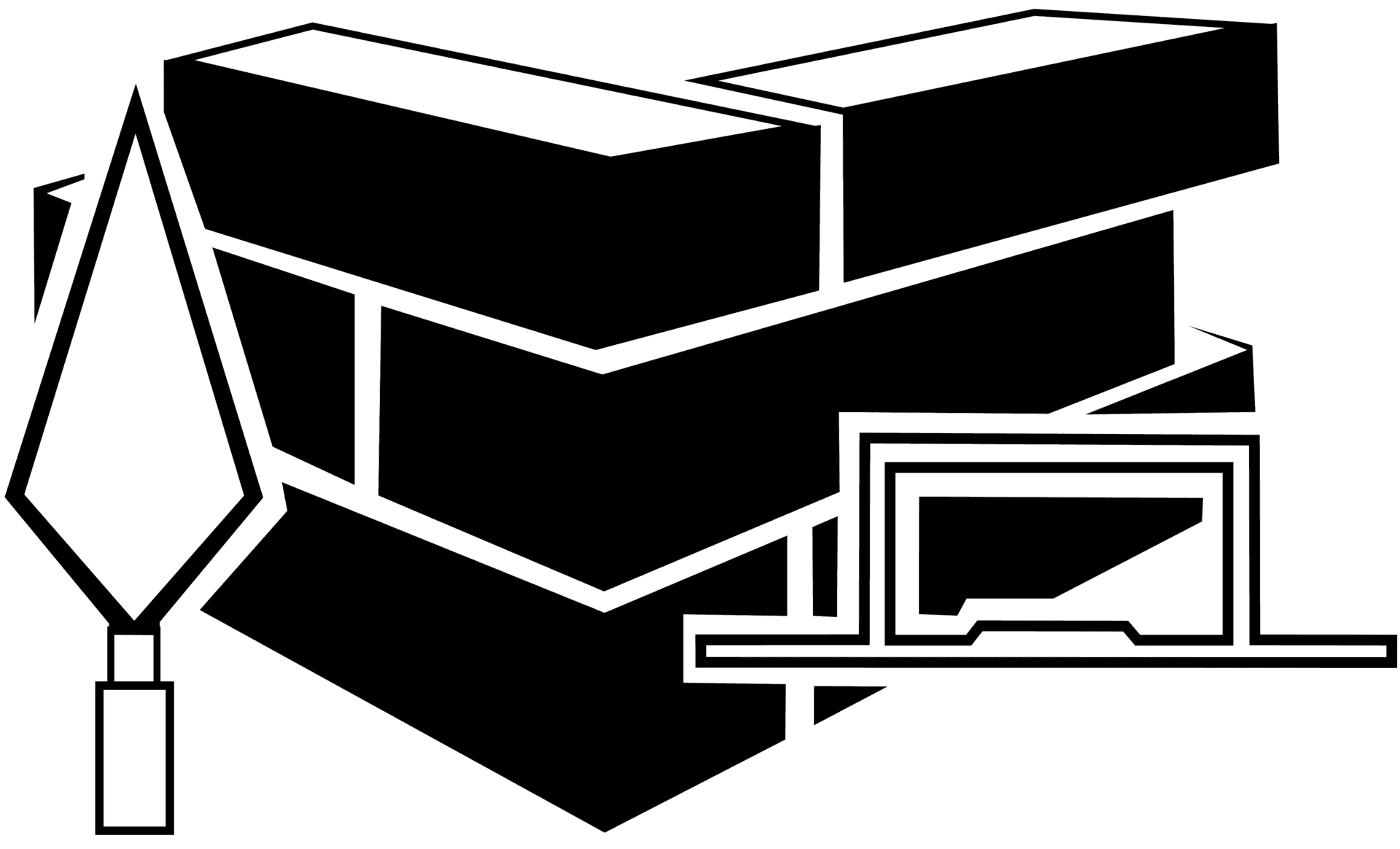6 Signs That Your Chimney Needs Repair
Majority of us always assume or take for granted the importance of taking care of our chimneys. We tend to perceive this type of structure as just any other part of the house and pay little or no attention to it at all. However, chimneys, just like any other structures in the house encounter problems that have to be handled. They are man-made and prone to wear and tear. Without renovating them on time, they may fall down and cause serious injuries to people or nearby properties. Here are some warning signs that your chimney needs some repair.
1. White Staining
If you happen to see some white color on a chimney, or efflorescence as it is known, then there are higher chances that your chimney is damaged and needs some urgent attention. While some people are known to remove such discoloration by cleaning only, such may not be the solutions at all. White substances on the chimney may be the early signs that your chimney has excess moisture. Here, immediate attention needs to be accorded to the chimney to avoid further harm.
2. Rust
Your chimney should not display any signs of rust at all. However, if you happen to locate elements of rust in your chimney, there are high chances that your chimney is terribly damaged and in need of immediate repair. Rust may damage your chimney and cause it to fall down. If you spot some rust in your chimney, contact chimney experts to repair it immediately.
3. Shaling
It will come to a point when you notice thin slices of chimney tiles collecting in the fire place. This is a clear indication that the flue is damaged. In a chimney, flue lining is essential as it assists in the safe operation of a fireplace and chimney. However, if you notice that there are slices of your chimney in the fireplace, it is obvious that your flue lining has a problem. To prevent further deterioration, reach out to professional chimney sweeps that can help you repair your chimney.
4. Worsening Mortar Joints
After some time, mortar joints that hold the bricks of your wall together will start becoming loose. This will expose the bricks to excess moisture, and aspect that may make the whole chimney to become weak. If some of these chimneys are in places that witness freezing weather conditions, the added moisture may end up freezing inside of cracks in masonry, leading to further cracks. If nothing is done to repair the damaged mortar fast, the entire chimney may collapse, an aspect that may be dangerous to people and the property around.
5. Spalling
Over time, due to excess usage, chimneys begin peeling off, chipping or, or flaking off. A clear indication of this is when you find some small stone particles around the bottom part of the chimney. If you want to start a fire and you see small stone or particles of cement around the bottom part of your chimney, chances are that the hot flames might have weakened part of your chimney. Call for repair services immediately.
6. Damaged Wallpaper
Majority of chimneys are designed with wallpapers around them. Wallpapers are beautiful and appealing to the eye. However, these wallpapers may help you understand whether you need to repair your chimney or not. If you find the wallpapers damaged, they could have easily been damaged by moisture inside the chimney. Again, this is a clear indication that there is a leak in your chimney that needs to be repaired immediately. Do not delay when you notice damaged wallpapers. Early repairs to the chimney should be made as fast as possible before continuing to use the fireplace. By so doing, you may end up saving your chimney from crumbling down.



